Mattress types and durability
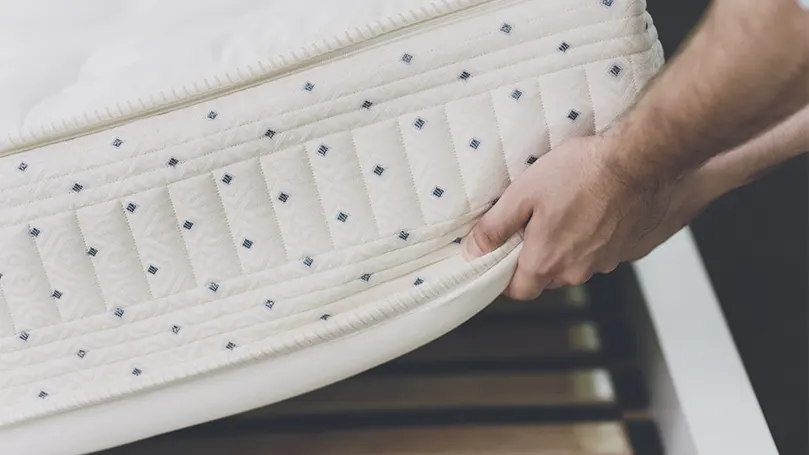
You can find many different types of mattresses on the UK market. However, four types are the most popular – memory foam, latex, spring and hybrid. The quality of the mattress itself has a greater effect on the durability and how long it will last than just the type, but the type certainly also plays a big role.
When buying a mattress you can approximately know when you will have to change it according to the type. So, let's go over these four mattress types and discuss approximately how long they can last.
Of course, this doesn't go for every model, as durability depends on the quality of the product, how much you use it, whether you take care of the mattress and so on. However, you should be able to get a rough idea.
Memory foam
Memory foam is one of the more popular bedding materials for both mattresses and pillows alike. There are many reasons why memory foam is popular. Some of the reasons are comfort, support, pressure relief and motion insulation. Also, a memory foam mattress can be suitable for all sleep positions.
When we talk about durability, it mainly depends on the foam density, which we'll talk about later. On average, they last about 5 years. All foam mattresses tend to sag. But if you rotate them regularly and flip them, if it is a two-sided mattress, you can significantly extend the service life. So, it is not uncommon for memory foam mattresses to last 10 years.
Latex
In a lot of ways, latex is like memory foam but a bit better in certain areas. And one of those areas is definitely durability as latex mattresses have the longest lifespan of all mattresses, as they often last over 10 years. Latex is such a durable material that you will not notice dents and damage even after many years.
Also, you don't have to flip and rotate latex mattresses as often as memory foam mattresses. It is enough to do it once a year and that way you will avoid sagging.
Spring
Of these 4 types, spring mattresses have on average the shortest service life, but this is not some significant difference compared to memory foam mattresses for example. At least, that's usually the case with innerspring mattresses in particular.
Innerspring or open coil mattresses are mattresses that have a layer of interconnected springs that offer support. However, since they're all connected, once a few of the springs lose their flexibility, the entire mattress suffers. This is why innerspring mattresses almost never last 10 years, but between 5 and 8 years, since the longevity of the coil system is not that great.
However, the quality of coils is improving from year to year, so almost every new model of innerspring mattress lasts longer than the previous one. And by rotating and flipping you can also extend its service life. Plus, if you opt for a pocket spring mattress, the durability is a lot higher.
Hybrid
Most sleep companies report that hybrid mattresses have become the best-selling type of mattress and that is not surprising, as they combine the best of both worlds. You get the characteristics of memory foam and spring mattresses in one, and also in this way the downsides of both types are significantly reduced. Especially since hybrids usually utilise pocket springs as opposed to an open coil system.
How long a hybrid mattress will last depends on the quality of the coil system and foam density. If you buy a premium hybrid mattress, with proper maintenance, it will last you at least 6 to 8 years, and in many cases over 10 years.
Plus, since hybrid mattresses are usually higher-end products, they often come with very good warranties. Some, like the Nectar Hybrid, even have lifetime guarantees!
Factors that influence the durability of a mattress
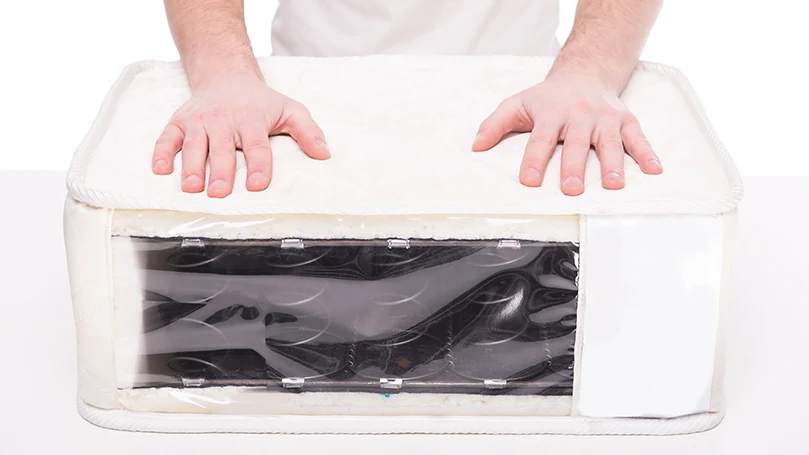
As we have already said, some other factors have much more influence on the durability of a mattress than just the type of mattress. After all, even if we take two of the same mattress type, they won't necessarily last for the same amount of time.
A high-end memory foam mattress is going to last for longer than a budget-oriented foam mattress. And a guest mattress that's almost never used will last longer than your main sleeping bed.
In this section, we will tell you what these factors are and how they affect durability so that you can get a clearer picture of whether you need a new mattress or not.
The quality of the material
When we say material, we mean the material used for the cover in which the mattress is encased as well as the filling. Different synthetic materials are usually used, but sometimes you can also find cotton, silk and many other materials. The choice of material as well as its quality, is crucial for how long it will take until you notice first signs of wear and tear.
Although wear and tear on the cover will not have a greater impact on the quality of your night's sleep, it's usually the first thing we notice. Plus, it makes it easier for the filling to be damaged as well since any spill can now soak the filling inside and damage it.
Another very important thing is workmanship. The best foam and the highest quality materials can be used, but if the level of workmanship is low, then the mattress cannot be durable. This is especially important for mattresses that have multiple layers.
Such mattresses are most durable when hand tufted and typically the least durable when layers are glued. This is why mattresses made by hand are typically the most durable. This can be further enhanced by things such as side-stitching.
Foam density
When buying a memory foam mattress, but also a hybrid, foam density is the best indicator of how long the mattress will last. High density foam may last twice as long as low density foam. Density is measured as mass per unit volume. It is expressed in pounds per cubic foot (PCF).
The more foam there is in a given area, the denser and heavier the foam is. Low density foam has less than 3 PFC, and high density foam over 5 PFC. Our recommendation is that the mattress on which you often sleep has at least 4 PFC and preferably 5 or more.
While for the guest room, for example, you can buy a low-density foam mattress, because it will rarely be used and thus service life will not be short. Also, keep in mind that high-density foam is very firm, especially the first few nights. So if you are a side sleeper who likes a softer mattress, then go for medium density and not high density, since durability is not the only feature you have to pay attention to when buying a mattress.
Coil gauge
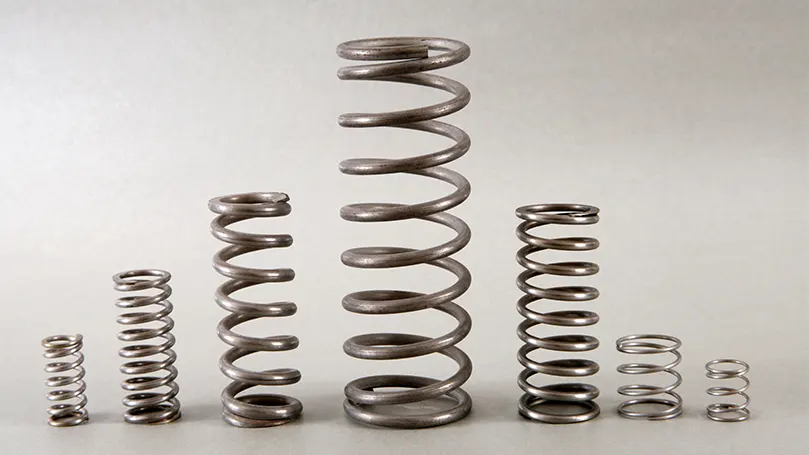
As foam density is very important for memory foam mattresses, when you are on the market for an innerspring, pocketed coil, or hybrid mattress, you need to know the coil gauge.
The mattress coil gauge you should aim for is for 12 to 15. In contrast to foam density, a lower coil gauge means a firmer mattress and more durability. The lower the gauge, the thicker the wire and therefore firmer and longer-lasting is mattress. Pay attention to the number of coils as well as the type, not just the thickness of the wire. The higher the coil count, the more comfortable the mattress will be.
There are hourglass coils, pocketed coils and continuous coils, and pocketed coils are considered a premium option.
How often is the mattress used
Besides just what the mattress itself is made out of, we also have to take into account how frequently it's used. As we've mentioned before, your guestroom mattress is likely going to outlive your main mattress by quite a bit.
In a similar vein, if your kids like jumping on the mattress every night, that will shorter its shelflife. Or if you have a dog that really likes biting the corners, the same rule applies. So, while it's not an exact science, try to really think about how much damage your mattress takes in a year and take that into your calculation.
How to know that it’s time to replace a mattress?
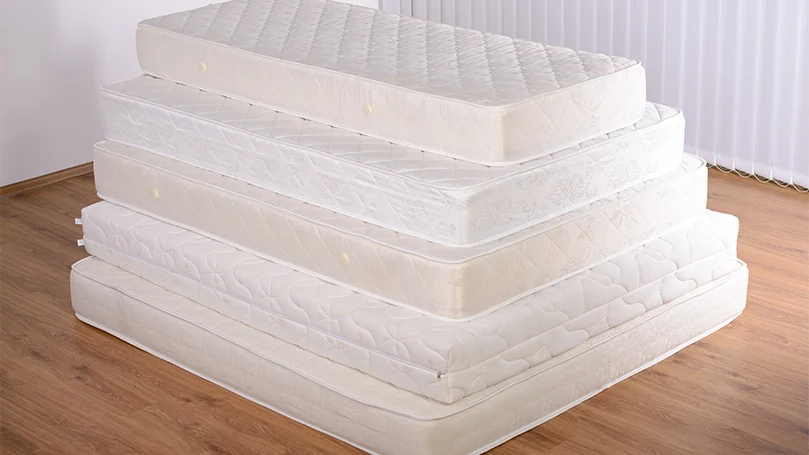
You don't need to be clairvoyant or a sleep expert to know when to replace your mattress. After all, just like most products, signs of wear and tear are usually rather obvious. Also, mattresses don't last forever, so, if it has been a while since you've bought yours, you can safely assume it's on its last legs.
So, let's quickly go over a few of the signs you should look out for! Just pay attention to the following signs and it will be clear to you whether your current mattress is still good or if it is time for a new one.
5+ year old mattress
If it's been 5 or more years since you bought the mattress, you should at least consider whether it's time to buy a new one. Of course, this is not the rule, because most high-quality mattresses will provide the same performance after 5 or 6 years as on the first day.
But also, there is a possibility that your body is accustomed to the mattress, but that there are actually many red flags that indicate that a new mattress is needed. So think about when you bought your mattress and if half a decade has passed, do a basic inspection.
Poor sleep quality

Poor sleep quality can be the result of so many causes. It can be a health problem, stress, depression, anxiety, aging and so on. But we must not forget that the cause of poor sleep quality, which includes the inability to fall asleep, as well as short and segmented sleep, can be worn out mattress.
An uncomfortable mattress might be the reason you can't sleep. Or it has lost its bounce, so it no longer adjusts to your current position. Also, maybe motion isolation is significantly worse than when you bought it, so the tossing and turning of your partner is waking you up constantly.
Visible damage of the mattress
The most obvious sign that you need to buy a new mattress is visible damage on your current mattress. If those signs of damage are solely on the cover, then that’s not a big deal and you can probably use it for few more years. Alternatively, you can look for another high-quality mattress protector to provide it with the additional protection.
But if you also notice sagging, lumps, damaged coils and similar things, then it's time to replace it. Such a mattress is no longer usable and instead of a good night's sleep, it will give you joint pain, back pain, a lack of energy and insomnia.
Frequent allergy problems

Nearly a quarter of the British population has had allergies at least once in their lives. That's why a mattress will certainly not be the first thing you blame for frequent allergy problems.
If you notice that your allergies or asthma have worsened, and you do not know the reason, it's very likely that it's the dust mites that feed on dead skin cells and other allergens in the mattress. Since you spend a huge part of the day sleeping, you are exposed to these allergens during that time and your problems will get worse. Vacuuming the mattress should help as well as a mattress protector, but when the mattress is old, then it can be quite difficult to eradicate dust mites.
Also, try to find a mattress made of bamboo material, which is naturally hypoallergenic.
Muscle stiffness & joint pain
When you wake up in the morning, you should feel rested and ready for the day, not stiff and in pain. When your mattress is not comfortable, your muscles and your whole body will suffer.
You will feel pain in your neck, spine and other parts of your body, and your muscles will be so stiff that even stretching will not help. It has been proven that a new mattress can reduce back pain and other problems with bones, joints, tendons and muscles.
Squeaky springs
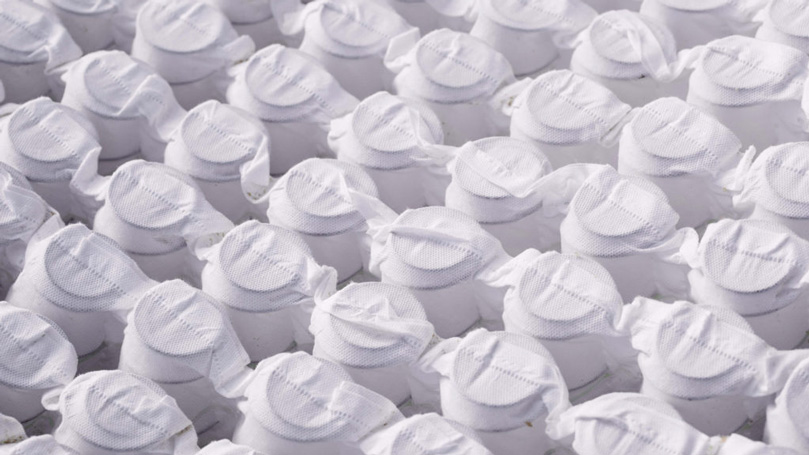
Noisy springs can be a problem you face since day one when you buy a cheaper innerspring or even a hybrid mattress. If the springs are noisy from the beginning, then this is not a sign of deterioration of the mattress.
But if your mattress was completely quiet for years, and now you’re starting to hear springs when you turn around, that’s definitely a warning sign. That is a sign that the springs are past their prime and/or that the fabric around the springs has been damaged. In either case, a new mattress is necessary.
Will my mattress last longer if I flip it often?

As we mentioned rotating and flipping can be very helpful and extend the mattress lifespan. If you have a two-sided mattress then it is recommended that you flip and rotate the mattress regularly, every 6 months. If it is single-sided, then just rotate it. Memory foam and innerspring mattresses should be rotated and flipped more often than latex mattresses.
This is why you should also take into account whether a mattress can be flipped when choosing your new mattress and gauging how much you're willing to pay for it. And, once you do feel that your mattress is past it's prime, get a new one as quickly as you can! You don't want your sleep quality to suffer.
Conclusion
So, how often should you change your mattress? We'd say anything beyond 5 years is a fair assumption. However, as you've seen, it can get quite complicated if you're looking for an exact timeframe. Nevertheless, if you have any questions or tips of your own, feel free to share them in the comments!
Spread the word
Related products:
- Eve Temperature Balancing Mattress Protector Review
- Emma Mattress Protector Review
- Panda Bamboo Mattress Protector Review
Recommended reading:

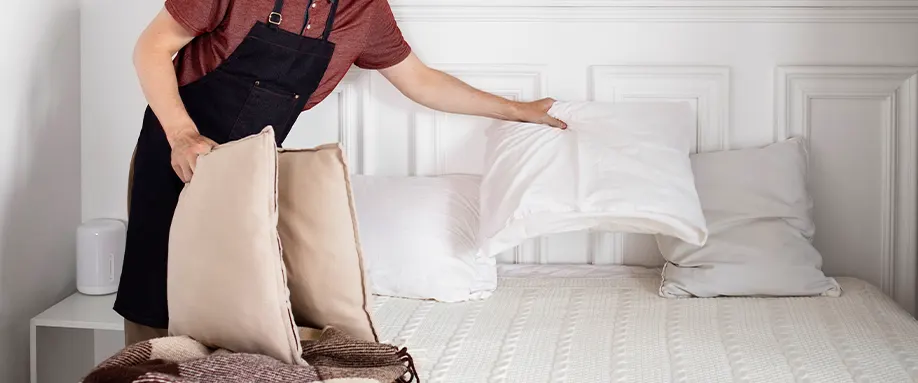











There are no comments yet
"*" indicates required fields